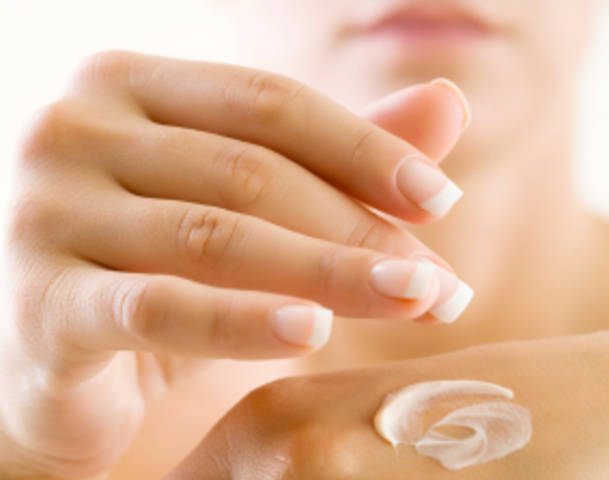How to Make an Emulsion for Skin Care

Emulsion is technically made by combining oily and aqueous substances or solutions together to form a homogeneous mixture. A skin care emulsion can be made by mixing herbal or essential oils with distilled water and emulsifying wax, with the end product being a cream or a lotion. The emulsifying wax is the key behind a good skin care emulsion. It is a synthetic product that keeps the small droplets of herbal or essential oil suspended in the aqueous solution, providing your emulsion a smooth texture and a more cream-like look. While there are a number of over the counter skin care emulsions available in the market, you can also create your own, all natural emulsion in the kitchen.
Things Required:
– Double boiler
– ¼ cup emulsifying wax
– ¼ cup olive, almond or coconut oil
– 1¼ cup distilled water
– 2-cup glass measure
– Small wooden spoon
– Sterilized lotion bottle or container
– Funnel
Instructions
-
1
Take a double boiler and add half cup water to its base.
-
2
Set the double boiler on the stove and heat it on medium high heat.
-
3
Once it is hot enough, pour emulsifying wax and oil in the top part of the double boiler and allow the wax to melt, stirring occasionally.
-
4
Once the wax has melted completely, mix it thoroughly into the oil.
-
5
In a small sized cooking pot, heat two cups of distilled water to boiling. When the water starts boiling, measure exactly 1 ¼ cup and pour it into a small mixing bowl.
-
6
Gradually stir the oil and wax mixture into hot water, using a wooden spoon.
-
7
Keep on stirring the concoction until all the ingredients are completely combined, which will take about two to three minutes.
-
8
At this stage, the water and wax mixture will be quite thin. Allow it to cool, stirring every 10 to 15 minutes.
-
9
Once the emulsion has cooled completely, pour it into a clean container with an airtight lid. Small squeeze bottles are the best to store lotions, while small squat jars are best for cream-like emulsions.







